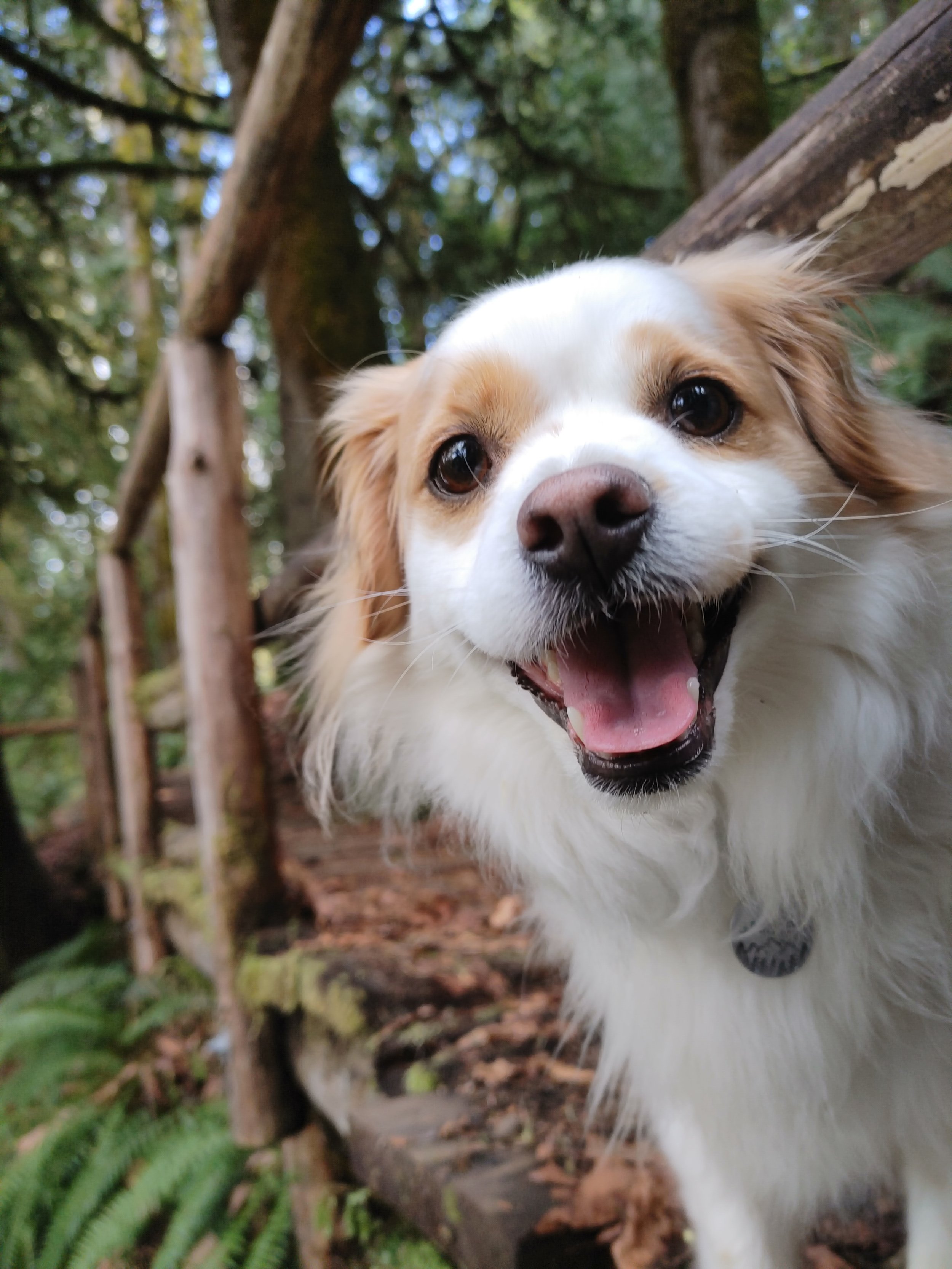How to plan a hiking and photography weekend
I’m very fortunate to live in such a beautiful state, where we can drive pretty much any direction and end up where there’s beautiful scenery. We’re also lucky that we have a camper van, which allows us to extend the camping season earlier into Spring and later into Fall. However, we do need to be cognizant of where the roads and hikes are open, especially in the shoulder seasons.
Where we’re sleeping
Once we have a weekend in mind, I’ll start looking for approximate locations based on the weather and time of year. Although I absolutely love the North Cascades, for example, the roads up there don’t even open until April. This year was also especially cold, so the snow is still quite heavy on a lot of trails. That means that we’ll stick to lower elevations until later in the year. The Olympic Peninsula and Hood Canal tend to be good options in early Spring, and Deception Pass is also open into the shoulder seasons. These are good options until we’re in the height of summer.
Once we’ve chosen our approximate area, we’ll start looking for places to sleep. There’s a couple really great websites, like recreation.gov where you can reserve campsites and filter by what you need - do you need an RV hookup? Potable water? Pet friendly?
There’s also usually state-specific sites where you can reserve state park locations, but that’s going to vary heavily based on your location.
Although campsites are all well and good, my partner and I usually prefer dispersed camping. We can be completely self-sufficient in our setup, and it’s so quiet and peaceful to be outside of established camps. One great website we use is iOverlander, which crowd sources spots to camp, along with places where you can do laundry, shower, etc. It’s a favorite of vandwellers, but also great just for sporadic trips.
Of course, make sure that whatever area you’re in allows for dispersed camping. National Parks, National Forests, State Parks, and BLM lands all have different rules.
We also have one other complication, which is that we usually travel with our dog. Many national parks limit where pets are allowed, so although we would love to spend a bunch of time at Mount Rainer or the Olympic National Park, we tend to stay outside of the park itself. It’s worth it to let this little guy come with us and explore. I mean, could you say no to this face?
Picking trails
Next, it’s time to pick our trails. I really like using the Day Hiking series of books to get some ideas. I’ll usually double check the trails either on Washington Trails Association or All Trails, as those have more up-to-date information on road closures and trail conditions. It’s always a bummer when you get to a trailhead and find it impassable, so it’s nice to check recent trip reports before we head out.
Another great resource can be your local hiking Facebook group. It can be nice to ask for suggestions based on your location, ability, and the time of year and get answers from people who have done the hikes recently.
Lastly, please remember to pick trails based on your own ability, and don’t be afraid to turn around if needed. No one is going to judge you for making the safe choice. If the water is too high, the trail is too steep, or the weather too foreboding, please listen to those outside forces and don’t go on.
Taking photos
I definitely tend to prioritize finding trails that are within my ability and doable in whatever season I’ve chosen over finding the perfect picturesque hike. I love the taking photos wherever I am, whether it’s of sweeping mountain landscapes or moss-covered trees. I think you can find beauty on any trail, and I challenge you to find something photo-worthy on any hike you take.
Let me know what other questions you have about planning a weekend - I’ll probably share some weekend itineraries on this blog at some point as well. In the meantime, be safe, have fun, and leave no trace :)

